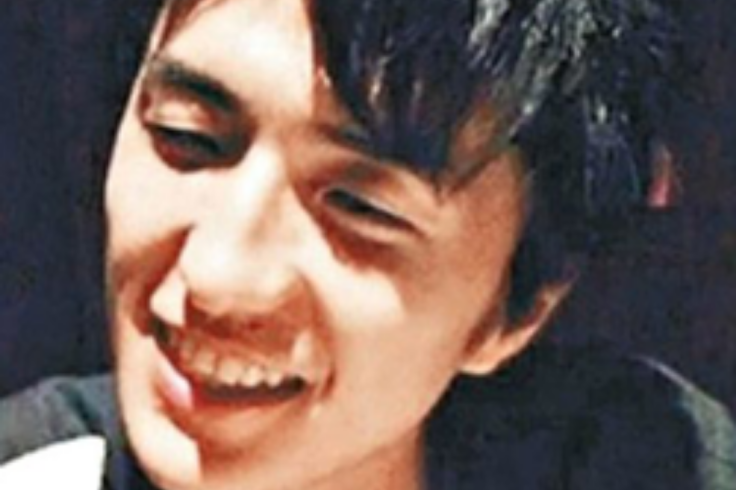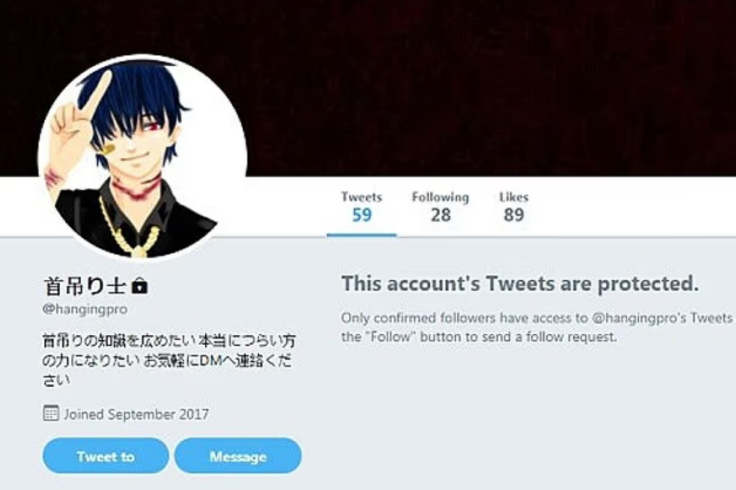Takahiro Shiraishi 'Twitter Killer' Executed: What His Hanging Reveals About Japan's Justice and Death Penalty System
'Twitter Killer' hanged for luring and murdering nine victims through social media in 2017

Takahiro Shiraishi, the man behind one of Japan's most disturbing serial murder cases in recent memory, was executed on Tuesday, 2 July. The 33-year-old was hanged at Tokyo Detention House, bringing a chilling chapter in Japanese criminal history to a close.
Shiraishi, dubbed the 'Twitter Killer', murdered nine people—eight women and one man—after luring them through social media by posing as someone offering help to those experiencing suicidal thoughts. His conviction and now execution have reignited debate over Japan's justice system and its use of the death penalty.
What Happened in Zama
Between August and October 2017, Shiraishi used Twitter to contact vulnerable individuals, often those posting about suicide. He pretended to offer understanding, support, or even companionship in death. Once he lured them to his one-room flat in Zama, near Tokyo, he strangled them.

His youngest victim was just 15. Others were in their early twenties. When police investigated a missing persons case, they traced the woman's messages back to Shiraishi. Upon entering his flat, officers discovered multiple containers filled with dismembered body parts. He was arrested and confessed to all nine murders.
Why He Was Executed Now
Shiraishi was sentenced to death in 2020 and chose not to appeal. This unusual decision meant his execution could proceed without delay. In Japan, many death row inmates remain in custody for years or decades, often in solitary confinement.
Executions in Japan are carried out in strict secrecy. Inmates are typically informed only on the day they are hanged. The public learns about it after the fact. Shiraishi's hanging marks Japan's first confirmed execution since 2022.
Justice Minister Ryuji Koizumi said the sentence had been 'carefully reviewed' and described the crimes as 'extremely selfish and heinous'.
Why the Case Was So Shocking
Shiraishi's crimes were not only premeditated but also methodical. In court, he admitted to the killings and showed no remorse. His defence argued he was mentally unfit, but court-appointed psychiatrists disagreed. Shiraishi was found to be fully aware of his actions.
Japan's Death Penalty System
Japan remains one of the few developed countries to still practise capital punishment. Hanging is the official method. Over 100 inmates remain on death row, many in prolonged solitary confinement. Inmates do not know the date of their execution until the day it occurs.
Public support for the death penalty in Japan remains high, especially in cases involving multiple victims. However, human rights organisations continue to criticise the system for its secrecy, lack of transparency, and psychological impact on prisoners.
Social Media's Role in the Murders
The case also exposed significant risks associated with digital platforms. Shiraishi openly used Twitter to search for and contact vulnerable people discussing suicide. That he was able to do so without detection raised serious questions about online safety.
Twitter—now rebranded as X—faced intense scrutiny after the case. While some protective measures have since been introduced, critics argue they were implemented too late and remain insufficient.
Why the Case Still Matters
Shiraishi's execution may have closed a legal case, but it has not addressed the broader issues it exposed. Japan's criminal justice system, the conditions on death row, the role of social media in grooming or exploitation, and the nation's approach to mental health and suicide prevention remain under scrutiny.
The victims are gone. So is their killer. But the structural gaps that enabled these crimes persist—and continue to demand attention.
© Copyright IBTimes 2025. All rights reserved.





















